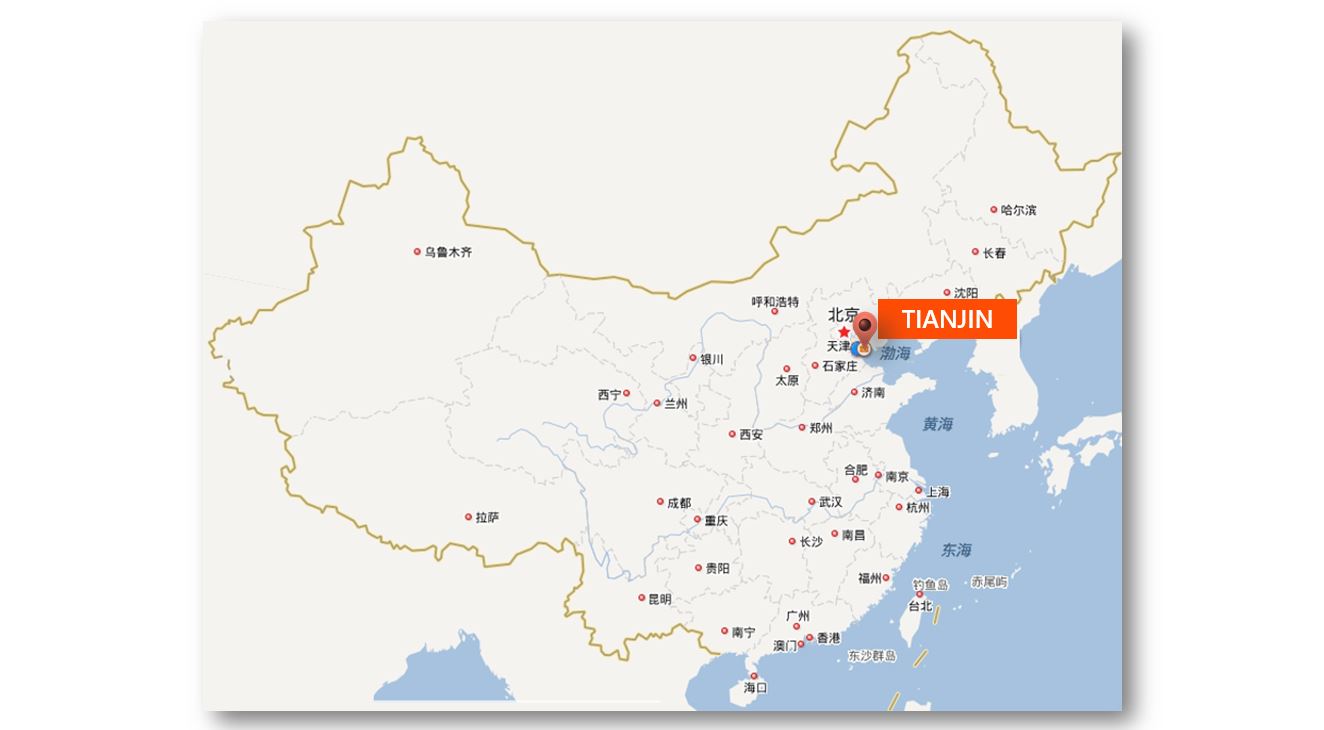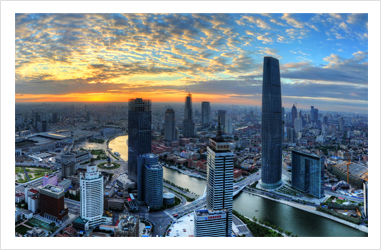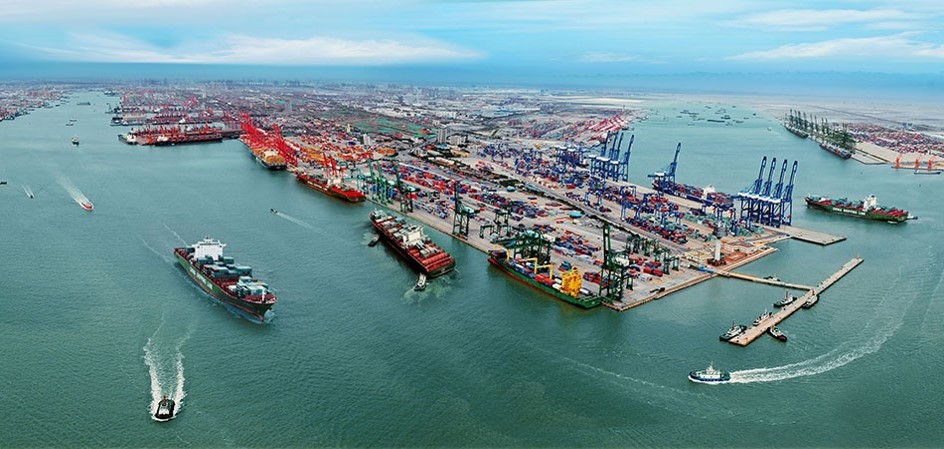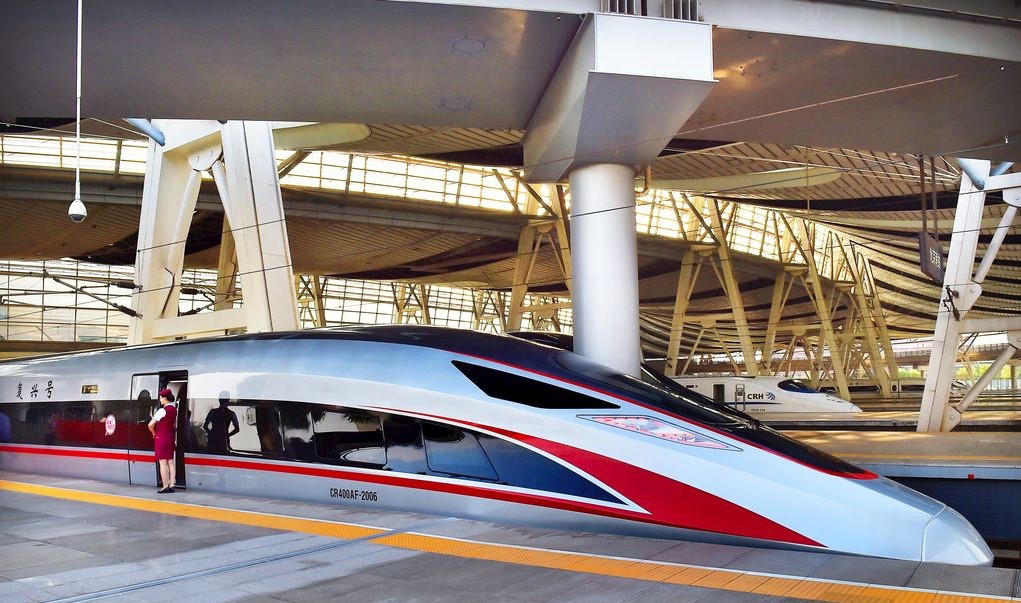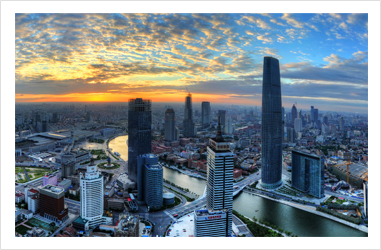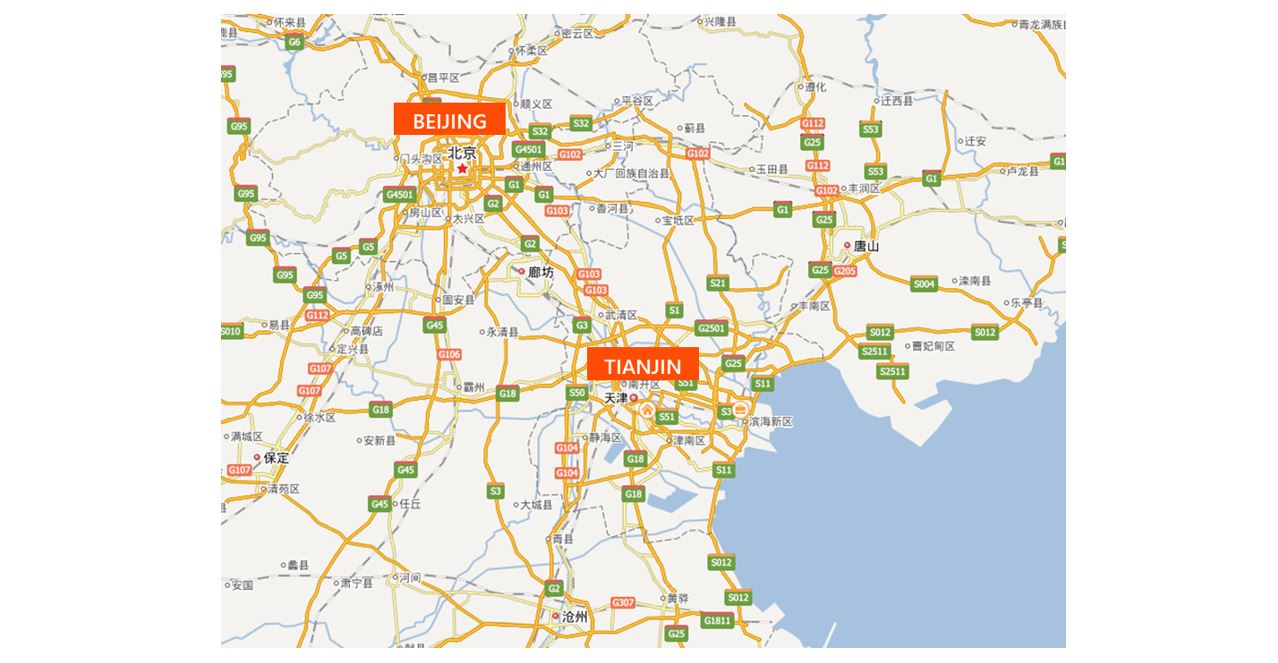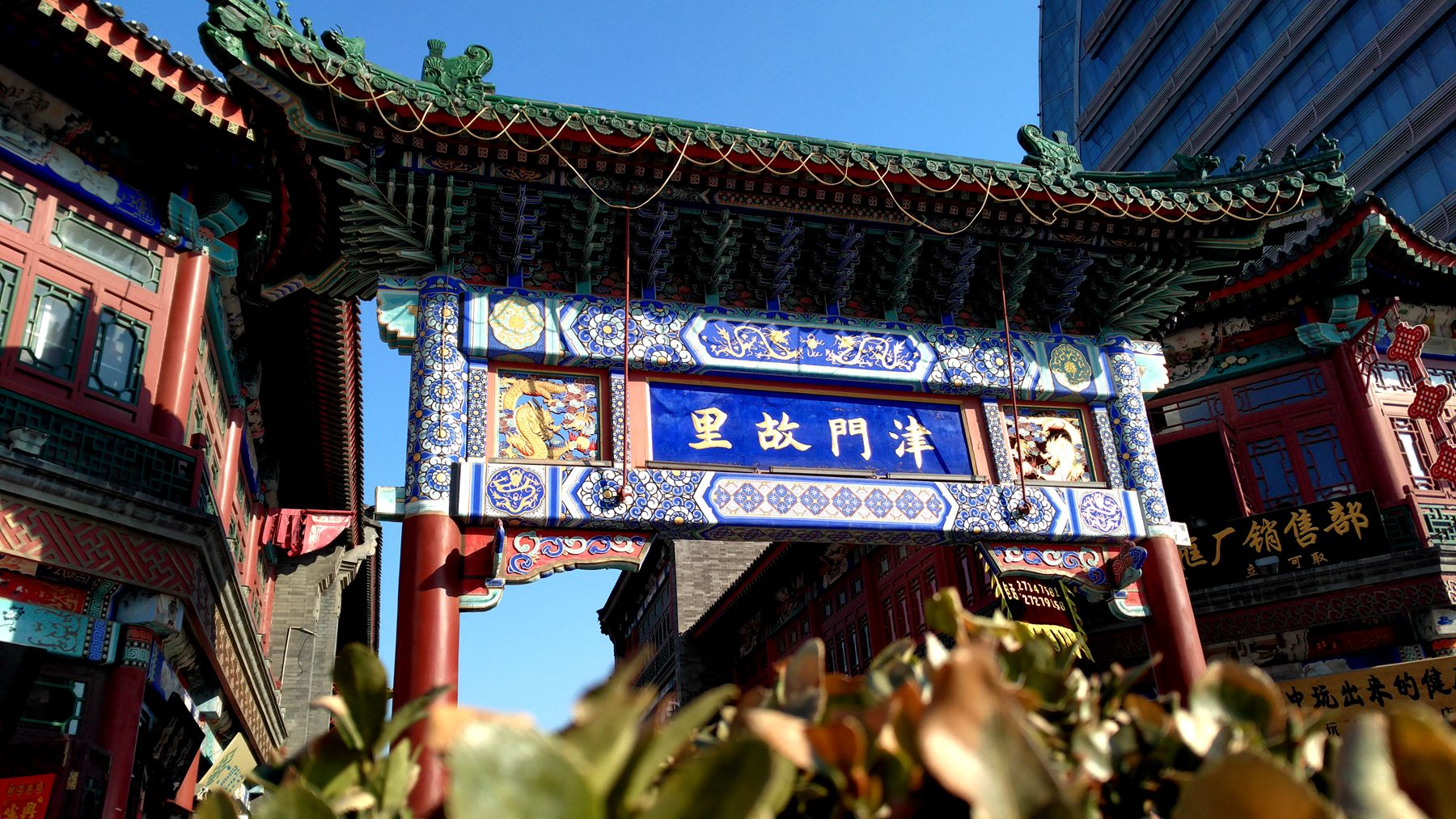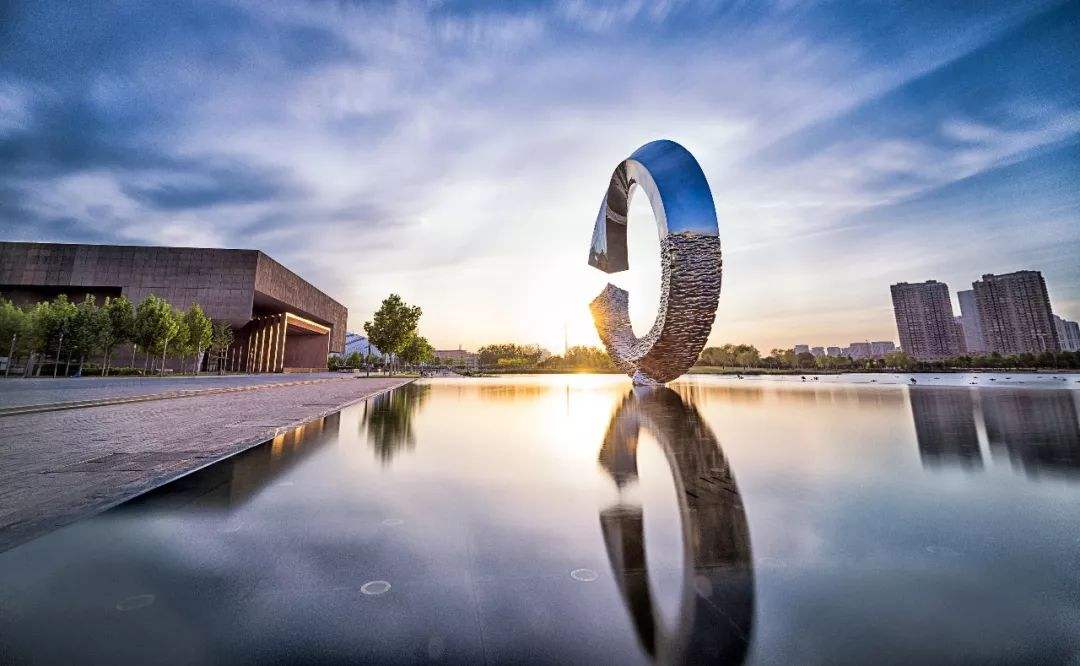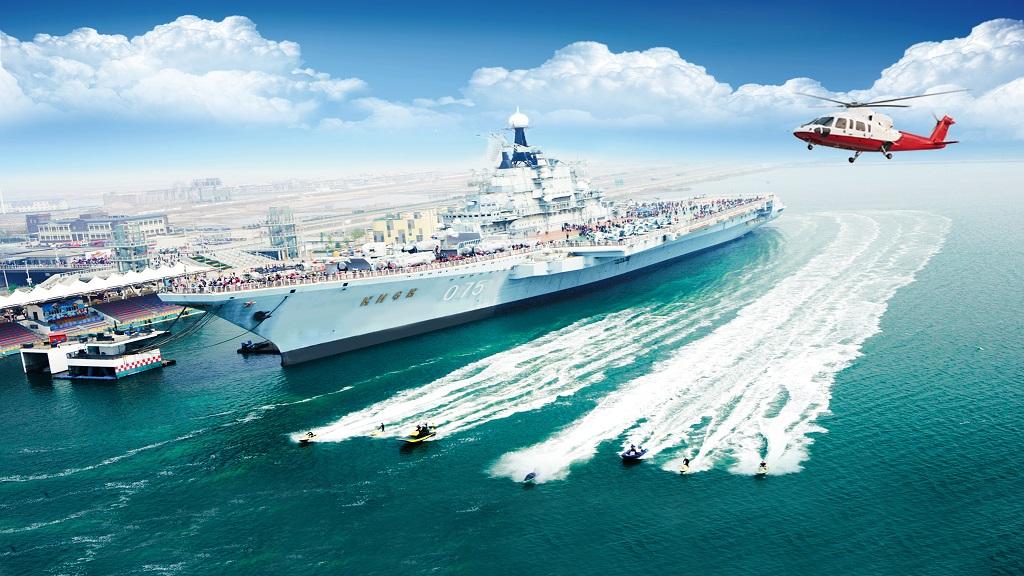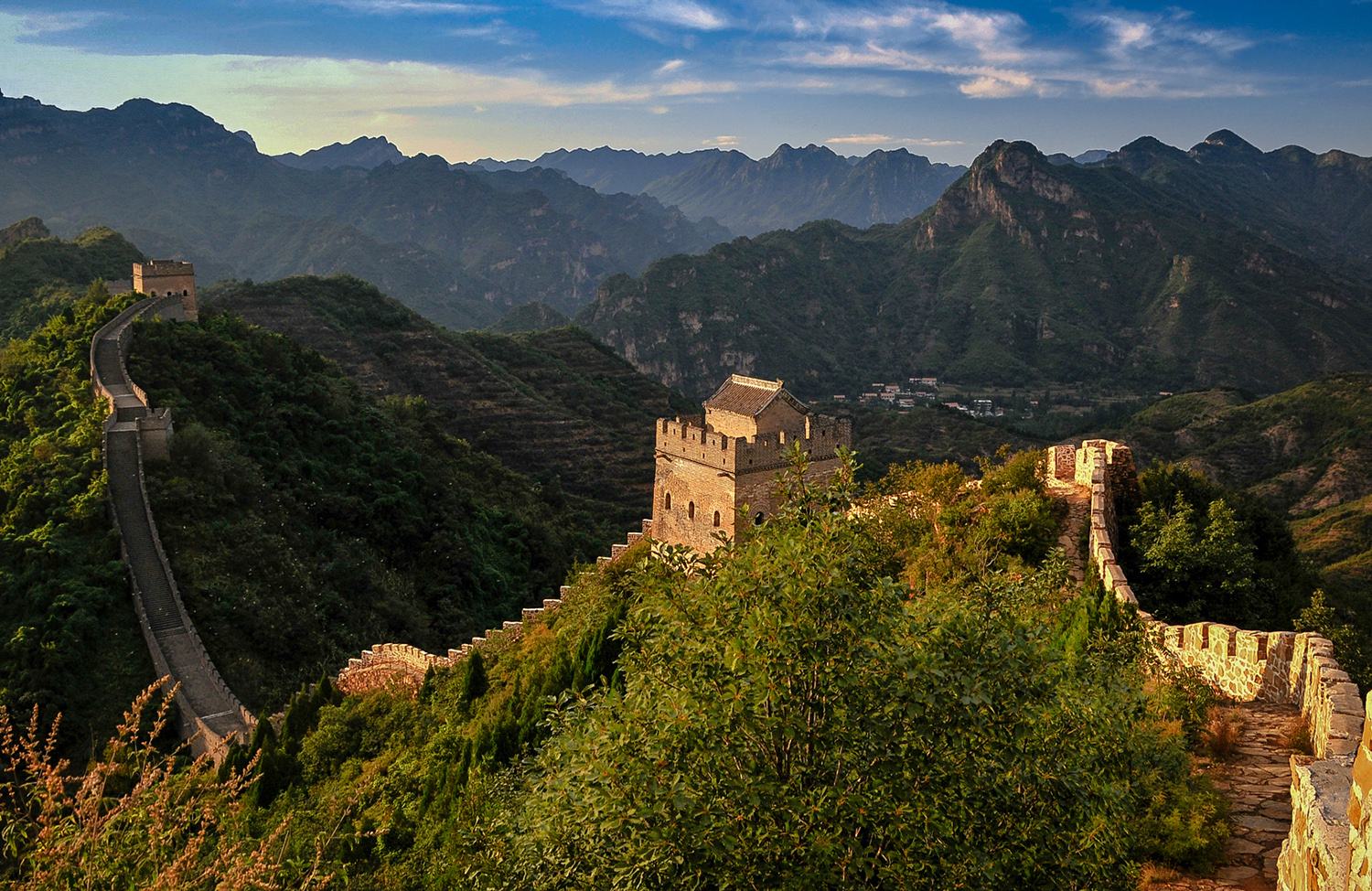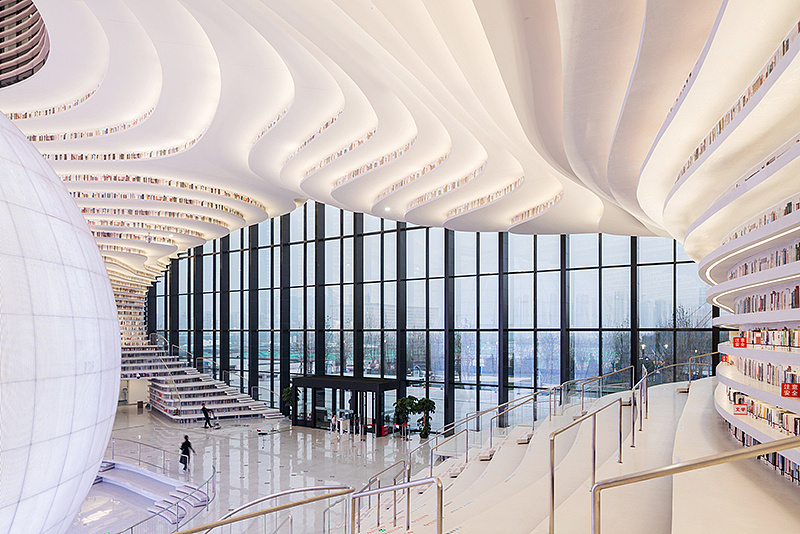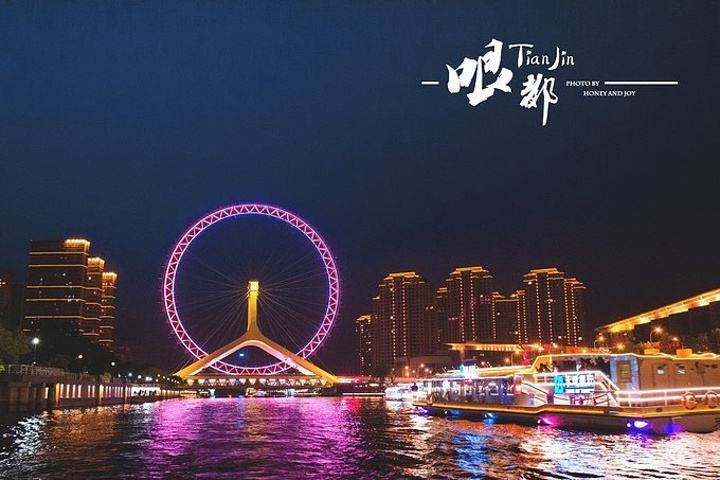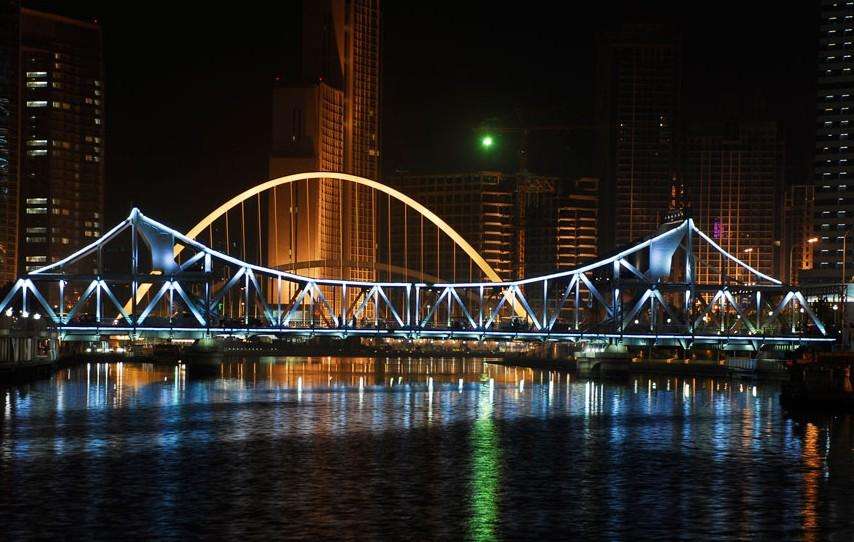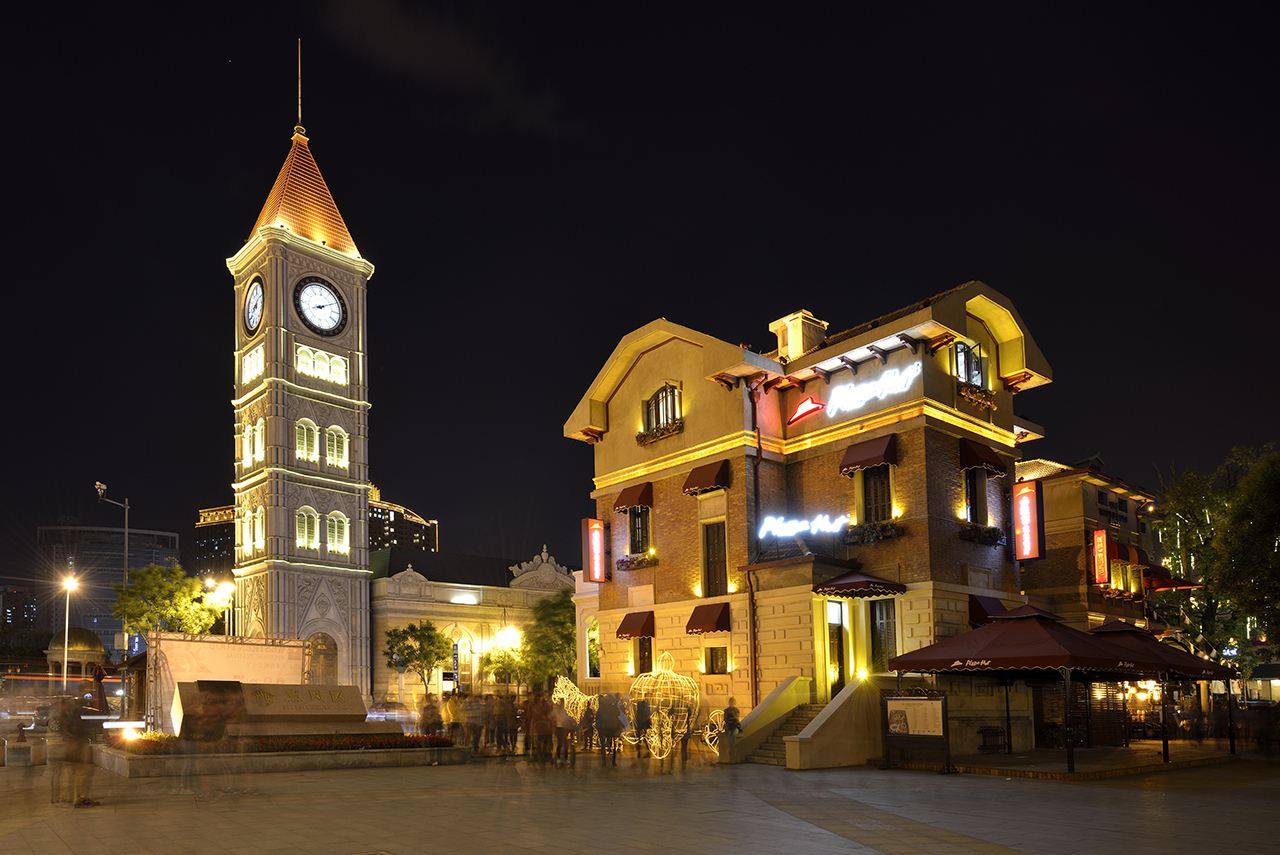天津简介
Tianjin, one of China’s four municipalities directly under the Central Government, is the largest opening coastal city in North China, one of the National Famous Historical and Cultural Cities in China, as well as a member of the first group of the outstanding tourist cities of China.
Tianjin is located in northeast part of the North China Plain and the center of Bohai-Rim, bordering the Bohai Sea in the east, leaning against the Yanshan Mountain in the north. It is only 120 kilometers from Beijing in the northwest. Tianjin covers an area of 11,760 square kilometers, with a 153-kilometer-long coastline and a total municipal population of 12,280,000.Tianjin is rich in tourism resources. There are many types of attraction in Tianjin, including mountains, rivers, lakes, sea, springs, and wetlands. Tianjin plays a prominent role in China’s modern history and can be viewed as an epitome of modern history of China. The blend of Chinese and Western cultures forms Tianjin’s distinctive human resources.
视频播放失败,请联系站点管理员!
Tianjin will gradually transform into an eco-city, an international port city as well as an economic center in North China. As a modern metropolis with a long history, profound cultural background and distinctive natural resources, Tianjin will keep the city environment clean and beautiful, highlight the characteristics of the city and provide tourists with complete facilities and better services.
Called “Jin” for short, Tianjin literally means "Heaven's Ferry". This name refers to the fact that the emperor (son of heaven) once forded the river. Tianjin has also been called other names throughout it’s history, including Jingu and Jinmen
The formation of this area is triggered by the building of the Grand Canal in the Sui Dynasty (581-618). The present Sancha Hekou near Jingang Bridge, which used to be the confluence of the South Grand Canal and North Grand Canal, is the birthplace of Tianjin. After the mid-Tang Dynasty (618-907), Tianjin became the port for rice and silk from south to north. Zhigu Village was set up in Tianjin in the Jin Dynasty (1115-1234) as a strategic military town. In the Yuan Dynasty (1271-1368), Zhigu became a grain transport and shipping hub. Haijin Town was set up under the administration of Zhigu.
In 1860, Tianjin was opened as a trading port. After that, the Western superpowers set up concessions in Tianjin one after another. Tianjin became a spearhead for opening up and the base of the Westernization Movement in modern China, and led in many aspects, such as military modernization, railways, telegram, telephone, postal services, mining, modern education, justice, and so on. Tianjin then became the 2nd largest industrial and commercial city in China and the biggest financial center in North China.
Since the founding of new China in 1949, Tianjin achieved the status as one of the three mega cities under direct governance of China’s central government. Because of that, Tianjin was afforded the opportunity to join the top ranks of China industrial and commercial power house. The year of 1978 called for opening up China to the world and Tianjin was totally transformed by it in all walks of its life. In China, every five year is a mile stone for development since 1949. With the 11th of the Five Year plan as of now, we have seen GDP has grown, by average 16.1%. In 2014, “Bin Hai New Town” became the first true free trade zone.in the nation. We call it a shining pearl illuminating the Bohai Sea Rim.



